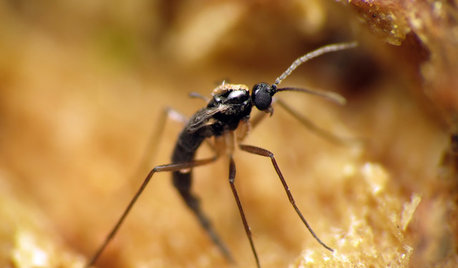How do you get rid of Horsetail?
3 years ago
Featured Answer
Sort by:Oldest
Comments (18)
- 3 years ago
Related Professionals
Gloucester Landscape Contractors · Lynn Landscape Contractors · Nashville Fence Contractors · Burbank Fence Contractors · Fairmount Fence Contractors · Mill Valley Fence Contractors · Detroit Decks, Patios & Outdoor Enclosures · Royal Oak Decks, Patios & Outdoor Enclosures · Middle Island Driveway Installation & Maintenance · Barrington Hills Landscape Architects & Landscape Designers · Maple Valley Landscape Contractors · Golden Landscape Contractors · Ramsey Landscape Contractors · Dickinson Swimming Pool Builders · League City Swimming Pool Builders- 3 years ago
- 3 years ago
- 3 years ago
- 3 years ago
- 3 years ago
- 3 years ago
- 3 years ago
- 3 years ago
- 3 years agolast modified: 3 years ago
- 3 years ago
- 3 years ago
- last year
- last year
- last year
- last year
- last year
Related Stories

EDIBLE GARDENSNatural Ways to Get Rid of Weeds in Your Garden
Use these techniques to help prevent the spread of weeds and to learn about your soil
Full Story
DECORATING GUIDESLose It: How to Get Rid of Old Light Bulbs
When the light goes out, you'll want to get rid of the bulb safely. Here's how
Full Story
DECORATING GUIDESUse It or Lose It: How to Get Rid of Old Keys
Clean out your junk drawer by getting rid of keys in an earth-friendly way
Full Story
DECORATING GUIDESCleaning Out: The Right Way to Get Rid of Electronics
Learn how to dispose of worn-out electronics in a safer, more Earth-friendly way
Full Story
DECORATING GUIDESLose It: 4 Ways to Get Rid of Your Old Carpet
Try one of these earth-friendly tips before stuffing your dingy carpet or rug in the trash
Full Story
MOST POPULARHow to Get Rid of Those Pesky Summer Fruit Flies
Learn what fruit flies are, how to prevent them and how to get rid of them in your home
Full Story
DECLUTTERINGDownsizing Help: How to Get Rid of Your Extra Stuff
Sell, consign, donate? We walk you through the options so you can sail through scaling down
Full Story
LIFEHow to Get Rid of Gnats Around the House
See swarming bugs in your plants or garden? Focus on the health of the soil and be naturally pest-free
Full Story
LIFEHow to Get Rid of Clothes Moths
Found holes in your favorite sweater? Read on to learn if clothes moths are to blame — and what to do about them
Full Story
DECLUTTERING7 Household Items to Get Rid of Right Now
Kick-start your January decluttering by clearing out these things around the house
Full Story









HU-594698529Original Author